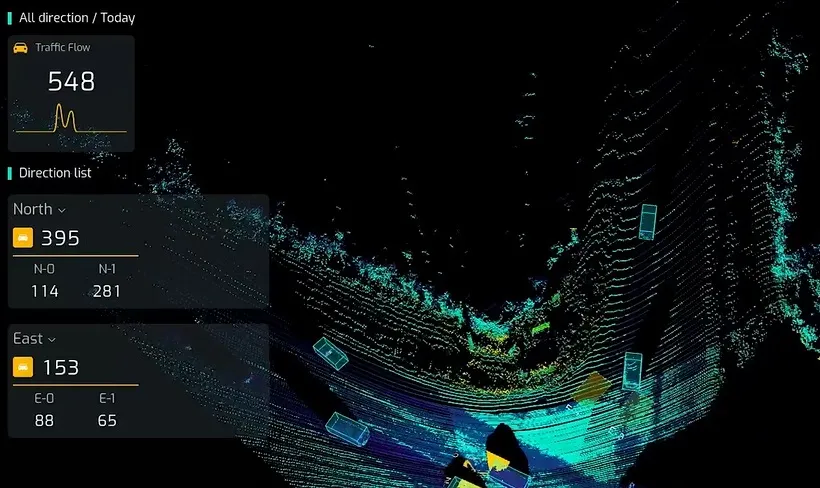Radar detection specialist
User communication with these traffic and pedestrian control devices is wireless, making deployment easy and setup simple. All three products employ WiFi or the Bluetooth AGD Touch-setup for quick configuration and zone or loop optimisation.
AGD says that extensive regional testing of the large-zone 645 Pedestrian Detector on extended pedestrian zones has shown very high detection performance where there are high densities of crossing pedestrians. The 645 radar delivers real-time video and its IP capability allows control rooms to receive the information they need to ensure optimal performance. The company says the future is IP-driven because it allows control rooms to interrogate devices and make real-time changes on the street.
The new multi-lane, multi-loop replacing 350 Traffic Control Radar with stationary detection perfectly complements AGD’s 318 Traffic Control Radar. Both will deliver highly effective local traffic implementations in either single or multi-lane environments.
According to AGD, these next-generation ITS solutions make intrusive, costly detection a thing of the past, saving local authorities substantially in terms of installation and through-life costs. The company says it is one of the world’s most successful manufacturers of ITS products, delivering smart solutions for traffic initiatives everywhere. Headquartered in the UK, AGD has an Australian subsidiary, and distributors in EMEA, Asia Pacific and the Americas.
AGD traffic and pedestrian control
Radar detection specialist AGD Systems will use Intertraffic Amsterdam 2018 to showcase its traffic and pedestrian control solutions which include the new large-zone, IP-capable, real-time video 645 Pedestrian Detector and the 318 and 350 traffic control radars. Designed for the smart city, these ITS products all deliver ease of deployment, integration and setup to allow maximum flexibility for evolving traffic models. User communication with these traffic and pedestrian control devices is wireless
February 19, 2018
Read time: 2 mins








